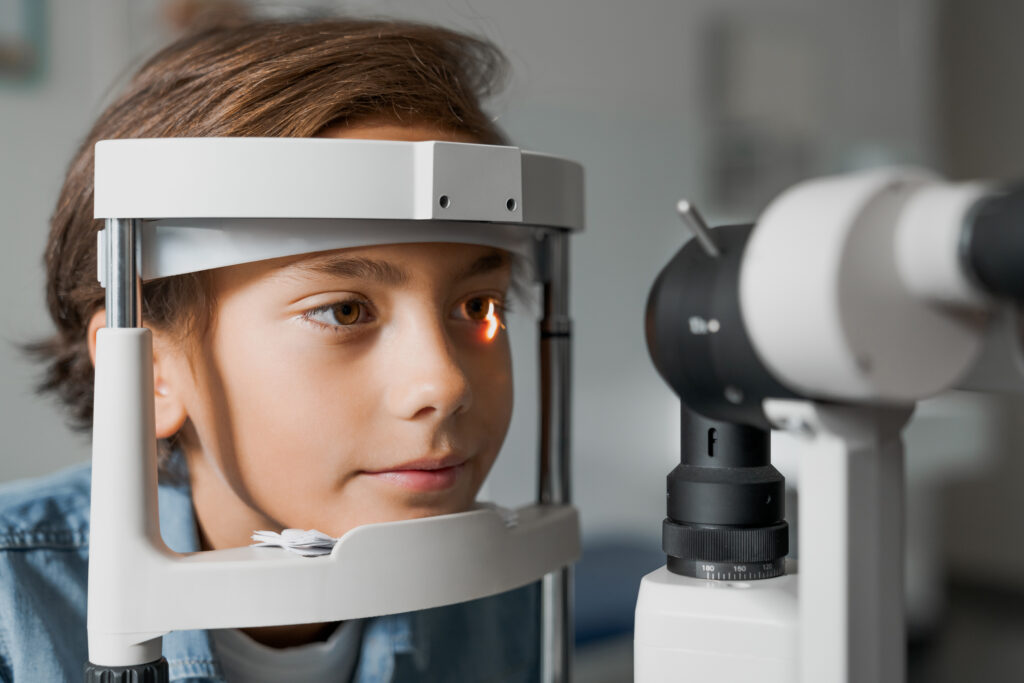Practitioners often wonder if they should incorporate OrthoK into their services. They ask: Is there a market for this? How do I capture patients and learn how to fit the lenses?
From my experience, I can say with certainty that, yes, there is a market. Further, most offices already have the necessary tools and knowledge to succeed with OrthoK.
Success begins with education. OrthoK has been around for over 40 years, yet most of your patients have never heard of it. This is an opportunity to engage them in a discussion about a service that can change their lives and while also setting your office apart.
I have been in practice for 39 years and have offered OrthoK for more than 15 years. I have helped well over 500 patients, and my success rate nears 100% because I am highly selective in choosing my patients.
The mix of services in my practice is 40% refractive, 30% medical, and 30% specialty contact lenses. Our dry eye practice sees patients who come from all over the world. This might seem unusual, but patients look for solutions to their problems, and when they cannot find them they look globally.
With our clinical success, I use the title “therapeutic optometrist.” I am often asked how a therapeutic optometrist differs from an optometrist. I reply, “We prescribe medicines and therapeutic treatments.”
Point to a Positive Example
I personally believe that the starting point in any office is to fit one staff member in OrthoK lenses. Over the years, I have put several of my employees into OrthoK, including one of my optometry residents.
That may seem obvious, but a central person who is a positive influencer is a powerful force in securing new patients. Rather than telling all of your patients about the success of other patients, point to a staff member who is successful. This opens the door to a dialogue.
Utilize the Latest Technology
When I began fitting OrthoK, I used software to “design” lenses. I really believed that this was the key. The patients were quite impressed watching a computer design the lens before their eyes. The problem with computer-assisted designs occurred later when the lenses were dispensed. In some cases, the term “attempt to dispense” would have been more appropriate.
Candidate Selection and Fitting Sets are Critical
My current thinking is that if I can insert a lens from my fitting set on day one, and if I achieve a successful over refraction, the rest falls into place. This helps to establish if there is a need for a more specialized lens if there is an astigmatic over-refraction.
This is where fitting sets become an indispensable part of the process. Programs that endeavor to demonstrate a computer-generated fluorescein pattern can mislead the practitioner into thinking the product is going to work perfectly. In reality, it may ride high or low. Some patients have particularly unusual corneal shape factors that can and will behave differently than others. With computer assisted designs, making adjustments the following year can be difficult at times. By utilizing trial lenses, you can even fit a patient who has been fit elsewhere on subsequent years.
Parents still ask me to give their child a “back up pair of glasses.” I try to explain that the child’s eyes will be changing daily when they remove the lenses. I ask which day they would like the backup pair to work? The glasses they wore when they entered our office are probably the best solution.
So, who is the ideal candidate for OrthoK? Most of my patients are children aged 8-12. The progressive myope is changing rapidly at this age. The parents have already either come to my office every six months or gone elsewhere and constantly changed the child’s glasses.
I find that Asian parents are more informed and are therefore more interested in keeping their children from becoming highly nearsighted. This is not to say that other ethnicities are not great candidates for this procedure, but some simply have a greater desire.
Your Explanation Makes a Difference
I suggest the doctor approach the parent in the following manner: “I see that Sally’s eyes have changed again. I’d like to discuss your options with you that ‘may’ keep Sally from becoming far more nearsighted. There are several methods utilized to slow or stop the progression of myopia. Some involve prescription eye drops instilled at night prior to bed. Other methods involve soft or oxygen permeable contact lenses.”
Say further: “The utilization of soft multifocal contact lenses has demonstrated some effectiveness in retarding the progression, but I feel the gentle reshaping of the eye is possibly the best solution. The reason I feel this is the best option is that one pair will most likely last one to two years. If you elect to go with the soft lenses, you will be purchasing many lenses. Then, when your child runs out of them, you will need to purchase more.”
The parent then invariably expresses concern about the comfort of the lens. Many have tried and failed with hard lenses in their younger days. I explain that the child will insert the lenses, close their eyes, and go to sleep. The odds of losing a lens are small, as they never leave home except on sleepovers or summer camp. By not wearing the lenses when they swim or engage in other sports, the lenses are highly unlikely to be lost.
Suggest a Trial Period
I then suggest a trial. Sometimes the entire family returns for the evaluation. I place a lens on the child, having first placed a drop of proparacaine in the eye. I then have them move to a room and recline in an exam chair. The parent often is amazed and wonders why the lens does not hurt. I leave the patient in the room for 30 minutes. During this time, the anesthesia wears off and the child has usually adjusted to the lens. I then remove the lens and demonstrate the amazing improvement that has occurred in only 30 minutes. I explain that the effect will diminish as fast as it began but that with overnight wear the effects are longer lasting. Sometimes the child can see clearly for as long as two days.
This is the method I use to impress parents that the process will work. Everyone is impressed when the child improves from 20/200 to 20/50 in a short period of time.
Once a successful fit and over-refraction have been attained, I phone my contact lens consultant for answers to any issues I may have encountered.
The consultant understands his or her particular lens parameters and can suggest minor changes to fine tune the fit. I have found that this greatly improves my success rate to nearly 100%.
While many parents may want OrthoK lenses for their children, the best rate of success comes with children who demonstrate an interest and a willingness to undertake the process. I suggest you look at the child and ask if they are interested. In many cases, after the child is successful the parents will ask if they are candidates, as well. It is an amazing way to build your Ortho-K practice.





